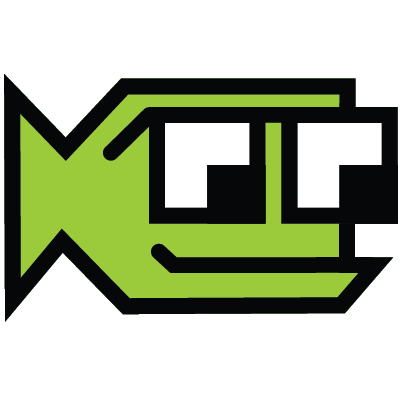How is a design contest different than other types of creative contests?
It's all about rights.
After my post last week about the flag design contest in Columbia, one question came up from some local artists and writers: How is a design contest different than other types of creative contests? What makes a design contest spec work? The answer has to do (partially) with the rights to the work created.
- If you enter a short story contest and you win, your story might be printed in an anthology. But you retain the rights to the story you wrote.
- If you enter a battle of the bands competition, should you win, you retain the rights to the music you performed.
- If you enter a photo or art competition, your winning entry might be displayed in a gallery or show. When the exhibition is over, you retain the rights to the artwork you entered.
- If you enter a design competition, you may win a prize, but the artwork you created becomes the property of the organizer.
In fact, in most cases, design competitions stipulate that ALL entries — even the ones that are not winners — become the property of the organizer.
Would you enter a short story contest where you lost the rights to anything you wrote, even if you didn’t win? Would you enter a battle of the bands if every song that was performed by any band became the property of the event organizer? Would you enter an art contest where you forfeited any future rights to your creation? Of course not...
But that’s exactly what happens in a design contest. Designers are expected to forfeit any future rights to their entries.
Why? It’s pretty simple actually. Entires can be similar. Selecting one winner can be complicated. Selection committees in design competitions tend to take bits and pieces of multiple designs to create the final piece. And it’s less messy if the organizer owns all the rights to all the entries. But just because that’s the least legally complex way for the organizer to handle things doesn’t mean it’s the most equitable thing for the designers.
No guidelines or rules have been posted for the Columbia flag design competition so I’m not sure what the rights situation is.*
As I mentioned in the last post, allowing everyone including the winner to keep the rights to their creation is the only acceptable option if the Columbia Design League, One Columbia and the City of Columbia insist on holding this competition.
A design competition is always a bad idea, though, especially for something like a flag or a logo. I’ll deal with those issues in a future post.** But if you are going to crowdsource design, at least respect the designer’s rights and allow them to retain rights to everything they create.
Got thoughts about spec work? Let's talk about them on Twitter.
* As I've mentioned before, I have complete respect for the three organizations involved, so until I see the rules for the contest, I'll withhold judgement.
** The deadline for the contest is some time in April. So I will continue to spark conversation about spec work and design contests for at least the next few months.
Bob Wertz writes about design, technology and pop culture at Sketchbook B. Bob is a Columbia, South Carolina-based designer, creative director, college instructor, husband and dad. He’s particularly obsessed with typography, the creative process and the tools we use to create. In his spare time, he defends the design industry. Follow Bob on Twitter and Instagram.




